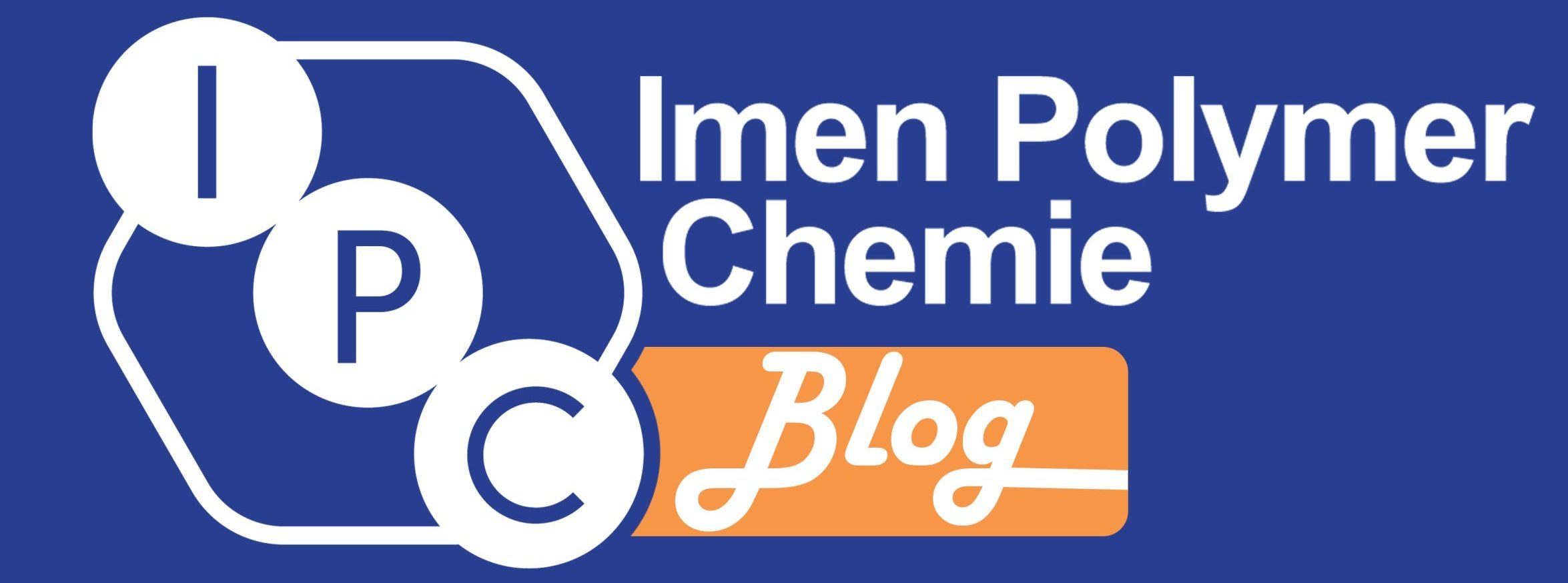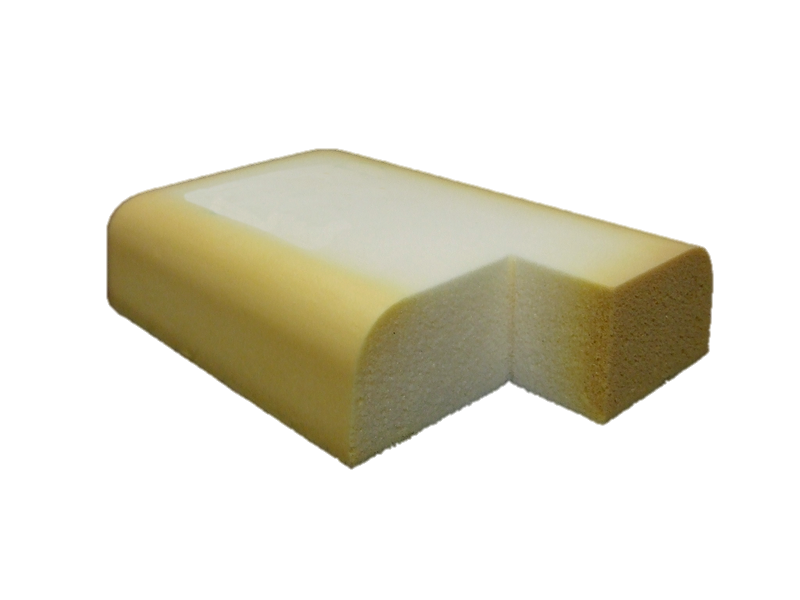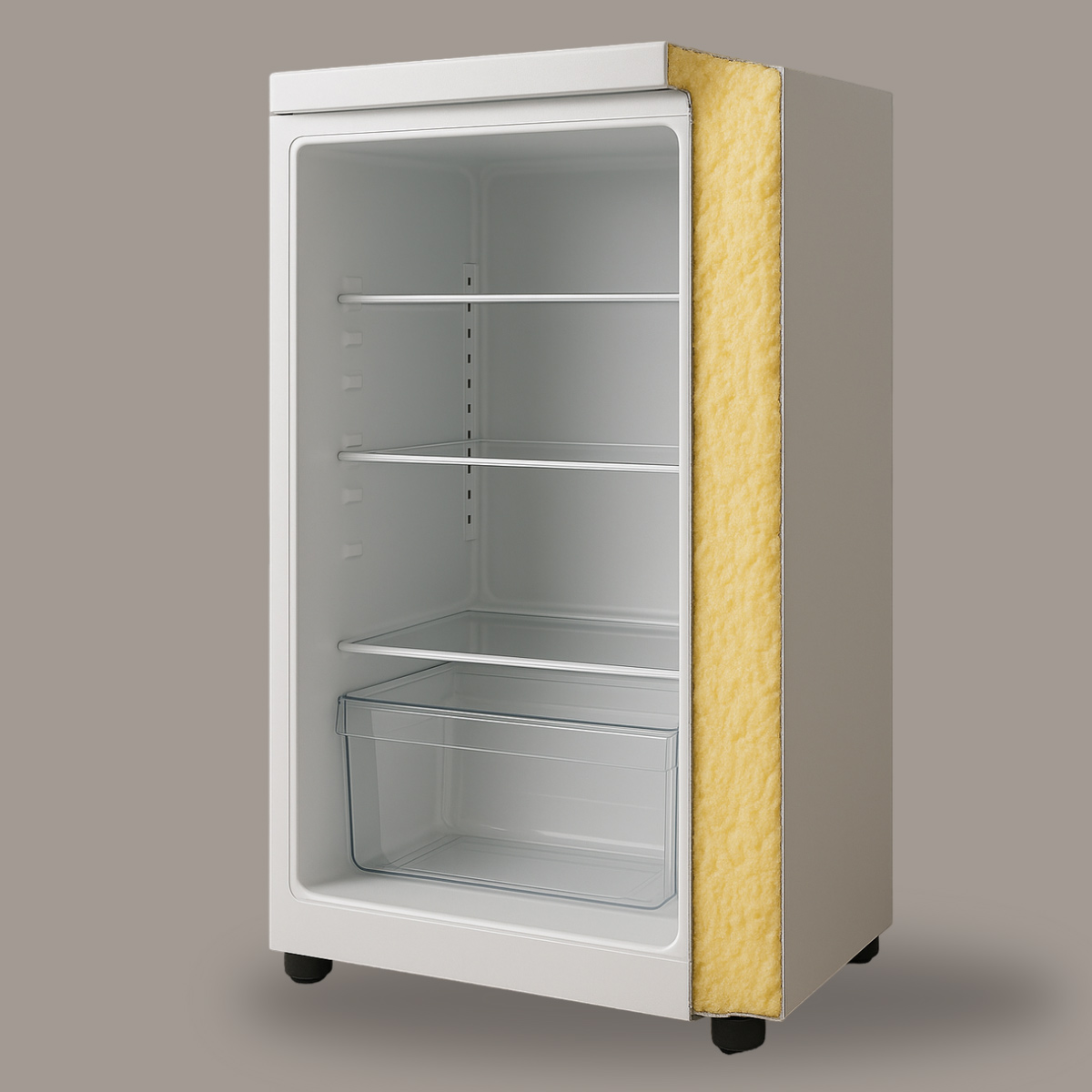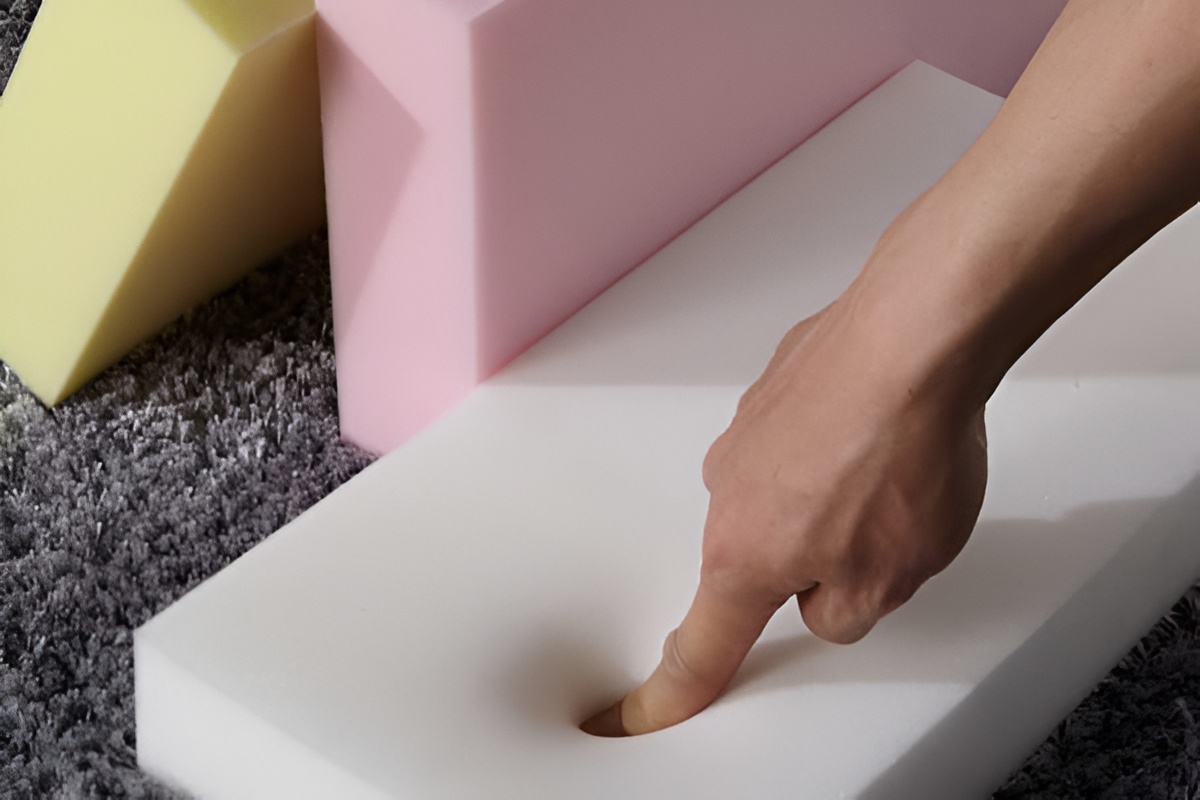Table of contents
Almost all polymers are prone to yellowing during processing and use, and the most fundamental reason for yellowing is the instability of polymer structure, which is easily affected by light, oxidation, high temperature and so on. Some polymers are sensitive to light, so light stabilizers are added to the formulation, others are sensitive to oxidation, so antioxidants are used, and yellowing resistance agents may be specific to one or more of them.
The natural color of the foam immediately after production is white; however, the surface region of the foam begins to discolor and turns yellow over time although, it is a completely natural process, polyurethane going yellow is annoying without a doubt. This discoloration can cause problems with the perception of the quality of the foam although no actual property degradation has occurred.
After sales service
For price inquiries and purchasing liquid polyurethane for polyurethane foam production, please contact Imen Polymer Chemie Company.
Why does polyurethane foam turn yellow?
There are various reasons that turn polyurethane foam to yellow, they are as follows:- During processing, the yellowing of thermal oxygen aging (scorching) caused by high temperature
- By exposure to the air, oxides of nitrogen will cause low oxidization reaction in the backbone of the polymer
- By exposure to the ultraviolet light (UV), aromatic isocyanate or unsaturated bond for the PU foam, may produce yellow substance due to the light cracking and the ultra violet light is a catalyst for the oxidation process
- In the presence of compound antioxidant system including butylated hydroxy toluene (BHT), the reaction of the phenolic antioxidant with NO2 resulted in the formation of a quinone methide product (they turn polyurethane foam yellow)
- The polyurethane structure contains an amino group, which is easily oxidized and yellowed
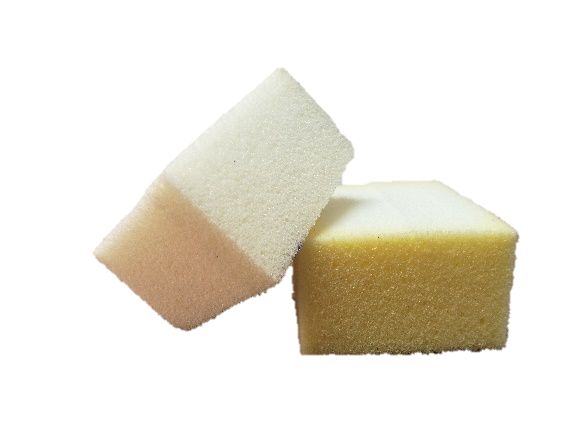
Antioxidants can have both positive and negative effects. As noted above, BHT is a commonly used and volatile antioxidant. When it oxidizes, yellow chromophores, a colored chemical species will be produced in polyurethane foam (PUF); that is why its use in the production of polyols for PUF is being phased out. Oxidation process has originated from reaction with oxides of nitrogen from sources such as air pollution.
Antioxidants can be divided into two basic chemical types: amines and phenolics. Amine antioxidants usually discolor with aging and may not be the system of choice for light or brightly colored foams where the appearance of the product matters. Phenolic antioxidants, in contrast to amine antioxidants, do not discolor on aging but are generally less effective in preventing long-term oxidative degradation.
In the manufacturing of polyurethane foam, there’s a reaction between polyol, an aromatic isocyanate, plus blowing agent. If water used as blowing agent and an amine forms (an isocyanate reacts with water and an amine forms), the resulting aromatic amine is susceptible to oxidation, which forms quinone. Quinones are yellow, and the continued formation of this compound will result in more yellowing. In other words, the quinones only form from aromatic isocyanates. In fact, the yellowing of polyurethane foam is caused by a side reaction to a quinone urethane. Since this side reaction is dependent upon oxygen and ultraviolet light, there are some ways to slow down the phenomenon, as follows:
- Using Completely BHT-Free additives
- Using light stabilizers or UV absorbers
- Using antioxidants
It has to be mentioned that unwanted aging processes are one of the most common reasons for material damage in polyurethanes. Causes of this damage are oxidation processes induced by light and/or heat. Due to its open-pored structure soft polyurethane foam is affected especially often by yellowing.
Inhibition of yellowing in polyurethane foams
Most designers believe it’s impossible to stop PU foam from discoloring, therefore colorants are added to improve the aesthetic appeal, hide the natural yellowing and give an easy way to tell different foam grades apart. These are supplied as both a pigment and a paste in a low molecular weight for addition into polyol. So, if designers use these colors, they try to mask the discolored foam and it is not a hindrance solution. The only sure way to make non-discoloring foam is to modify formulation with anti-yellowing agents and if possible, changing the storage and using conditions to prevent it from direct exposure to sunlight or air. They not only can effectively solve the yellowing problem by the polyurethane foam from acid gas, light degradation and the processed of high temperature conditions. Moreover, it will not be affected while mixed even it can reach the required of yellowing from manufacturers with the good compatibility.
In conclusion, such yellowing and/or discoloration problems of polyurethane foam appear to be the result of a combination of factors which can be divided into environmental (external factors) and processing conditions (internal factors). Since in both cases the structure of the polymer has changed, once it happened yellow pigmentation cannot be removed or extracted from the foam.
However, the type of environmental induced color change is different from scorching discoloration resulting from thermal induced degradation and does not have any significant impact on the physical properties of the foam.
Thus, it would be highly desirable to be able to produce such a foam by the addition of a relatively low cost additive have no significant deleterious effect on the resultant foam; that is why anti-yellowing agents are added to the formulation.
